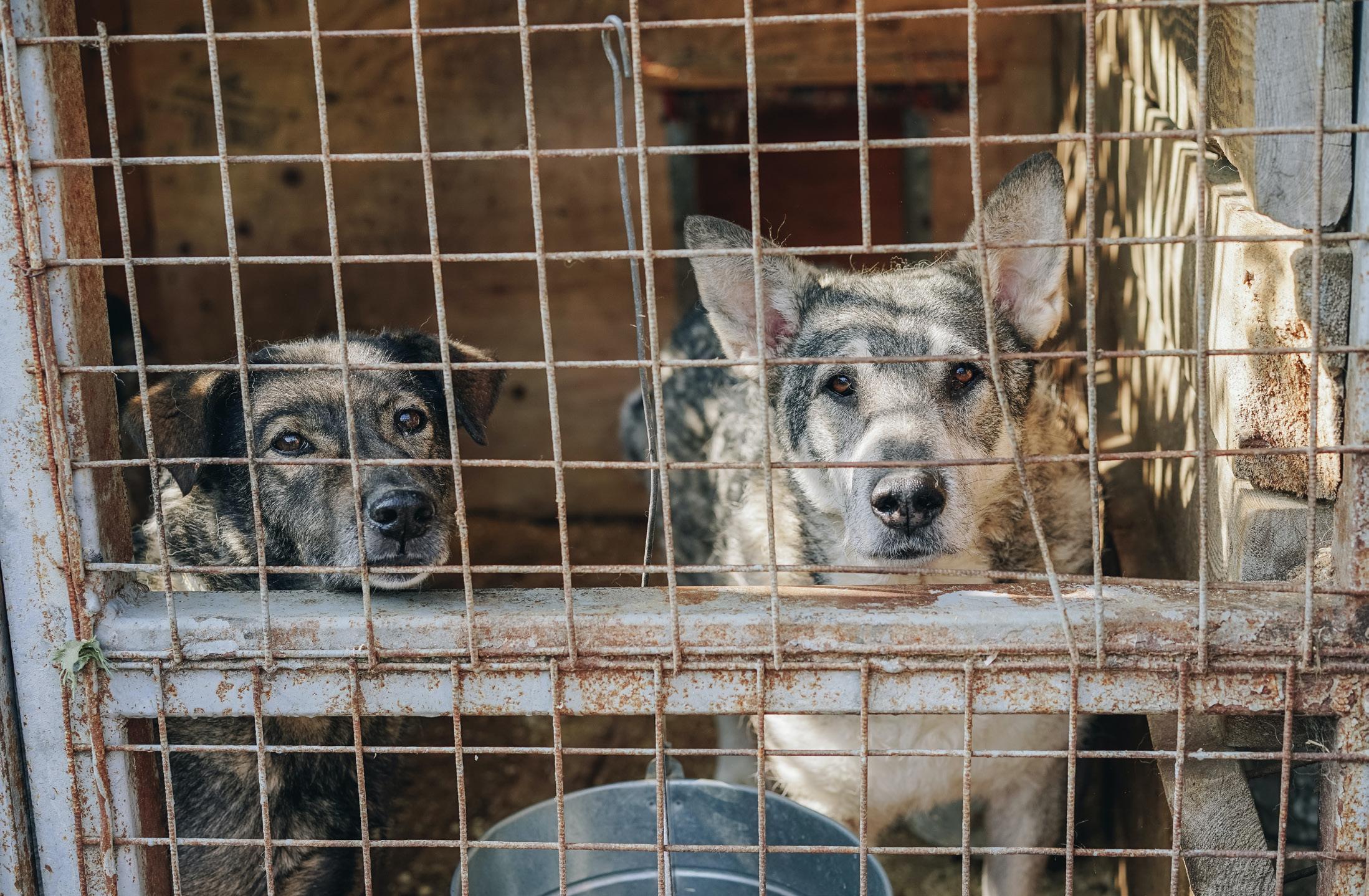SOCIAL MEDIA – THE RUDE REVOLUTION – David Margan, Communications Consultant We are in the midst of an on-going communications revolution. A revolution, seemingly, without end and that is also happening at lightning speed. The first computer filled a room, now your iPhone or Samsung has the same power. It’s wonderful, and people say, “what did we do before the net, the mobile?” But like much of modern change its all happened so fast we have had no time to even think much about the consequences, especially in its effects on the quality of our communications that are now, more often than not, driven by ‘social media. As of 2019, 3.8 billion people used social media on a daily basis with a 43% market penetration. Social media users are now spending an average of 2 hours and 24 minutes per day multinet working across an average of 8 social networks and messaging apps. While only created in 2004, 1.4 billion people now use Facebook. There is no doubt it’s a great way to find people you’ve lost, find friends you previously didn’t have, even having friends you don’t even know and as a means of staying in touch with distant family and friends.
Millions of ordinary people regularly use blogs to share their thoughts and views with the world . As a culture we are moving from using the Internet as an “extra” in everyday communication, to using it as a primary and necessary mode of communication. “Social networking reaches up to 82% of the internet’s population and accounts for 1 in every 5 minutes spent online (It’s a Social World, 2011). From “hashtags” to counting “shares” and “likes,” for many, social networking is a central part of building relationships with others.” It’s also a place where we get information. No longer are we content to sit back and, at times of others choosing, be fed the latest news and information. At a click we can do it ourselves. “Since the introduction of social media into our society “over 50% of people learn about breaking news on social media.” (Social Networking ProCon.org, 2014) It’s all created an expanding world of self-expression and opinion, a gargantuan freedom of speech whirlpool where fame is often driven, not by excellence, but likes. Angry opinions frequently free of all fact, evidence or any sense of mindfulness are everywhere on this electronic soap-box , where you can become famous by simply being famous and the angry can be hateful.
It got Obama elected and powered the influence of the US Tea Party .
It’s real, it’s live and it’s a nightmare where almost nothing is private and falsehoods, gossip and general nastiness spread pandemically.
Instagram has over 400 million people sharing photographs each month for the world to see and it only started in 2010.
At the click speed of the internet ‘information’, be it true or false, goes global and it is sometime difficult to discern fact from fiction.
Twitter has currently over 300 million users while LinkedIn, the Facebook for business, has over 260 million users around the globe.
“The World Economic Forum, in its 2013 report, has listed the massive digital misinformation as one of the main risks for the modern society” (Mocanu, 2014).
Then there is the rising phenomenon of ‘Tik Tok, a Chinese-owned social video-sharing app. Like its fellow social media apps, users can also follow, like, and comment on everything they see. In just five years it has become one of the top ten social media apps.
It’s a worry and an issue communities and nations globally are only now trying to grapple with.
30
DOG WORLD June 2020
Next month what do we do? How might we manage this virus of chatter?









